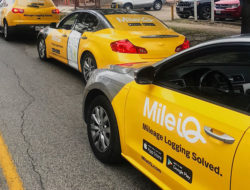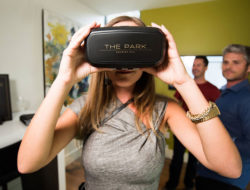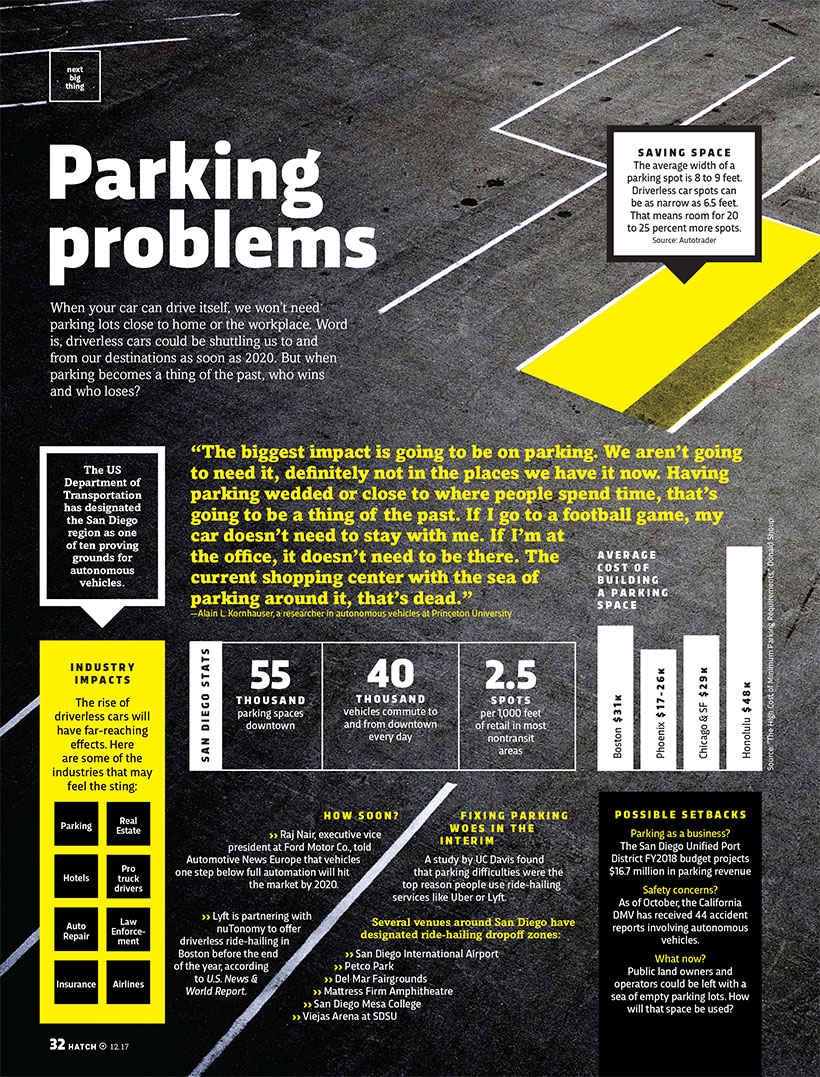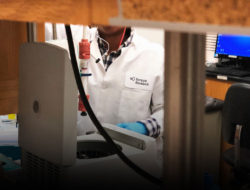The US Department of Transportation has designated the San Diego region as one of ten proving grounds for autonomous vehicles.
Saving Space
The average width of a parking spot is 8 to 9 feet. Driverless car spots can be as narrow as 6.5 feet. That means room for 20 to 25 percent more spots. Source: Autotrader
“The biggest impact is going to be on parking. We aren’t going to need it, definitely not in the places we have it now. Having parking wedded or close to where people spend time, that’s going to be a thing of the past. If I go to a football game, my car doesn’t need to stay with me. If I’m at the office, it doesn’t need to be there. The current shopping center with the sea of parking around it, that’s dead.”
—Alain L. Kornhauser, a researcher in autonomous vehicles at Princeton University
Industry Impacts
The rise of driverless cars will have far-reaching effects. Here are some of the industries that may feel the sting:
- Parking
- Hotels
- Auto Repair
- Insurance
- Real Estate
- Pro Truck Drivers
- Law Enforcement
- Airlines
San Diego Stats
55 Thousand parking spaces downtown
40 Thousand vehicles commute to and from downtown every day
2.5 spots per 1,000 feet of retail in most nontransit areas
Average Cost of Building A Parking Space
Boston: $31K
Phoenix: $17-26K
Chicago & SF: $29K
Honolulu: $48K
Source: “The High Cost of Minimum Parking Requirements,” Donald Shoup
How Soon?
Raj Nair, executive vice president at Ford Motor Co., told Automotive News Europe that vehicles one step below full automation will hit the market by 2020.
Lyft is partnering with nuTonomy to offer driverless ride-hailing in Boston before the end of the year, according to U.S. News & World Report.
Fixing Parking Woes in the Interim
A study by UC Davis found that parking difficulties were the top reason people use ride-hailing services like Uber or Lyft.
Several venues around San Diego have designated ride-hailing dropoff zones:
- San Diego International Airport
- Petco Park
- Del Mar Fairgrounds
- Mattress Firm Amphitheatre
- San Diego Mesa College
- Viejas Arena at SDSU
Possible Setbacks
Parking as a business?
The San Diego Unified Port District FY2018 budget projects $16.7 million in parking revenue
Safety concerns?
As of October, the California DMV has received 44 accident reports involving autonomous vehicles.
What now?
Public land owners and operators could be left with a sea of empty parking lots. How will that space be used?
Tags: Innovation, Next Big Thing, Parking, Self-Driving Cars
































I really enjoyed the infographic, it is nicely executed and summarizes all key points. Regarding the “full automation will hit the market by 2020” part, here I’m a bit skeptical. It might enter the market, but it will be a long ride) before it will become a norm for the general public. Look at Teslsa and other electric vehicles, they are still exceptionally rare in the grand picture.
At the moment, the smart optimization of parking lot spaces is crucial for city mobility. That’s exactly why there is a great demand for vehicle detection sensors from cities and private enterprises alike. And although driverless cars will probably solve the problem eventually, for now, we need an IoT-based parking solution that contributes to the concept of smart cities.